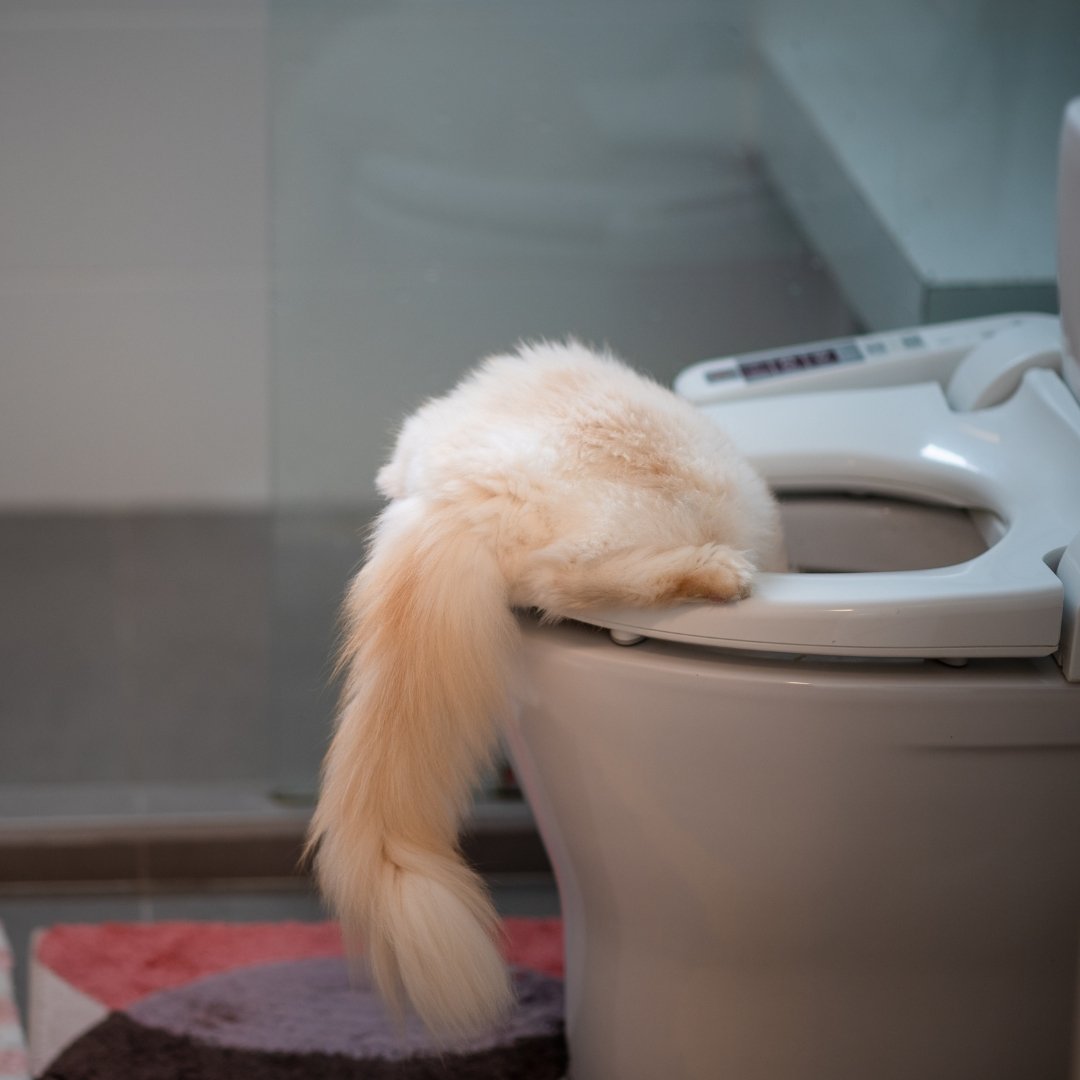Why You Should Never Flush Cat Poop Down Your Toilet - Important Information
Why You Should Never Flush Cat Poop Down Your Toilet - Important Information
Blog Article
What are your thoughts on Don’t flush cat feces down the toilet?

Introduction
As pet cat owners, it's important to bear in mind just how we dispose of our feline pals' waste. While it may seem practical to flush pet cat poop down the toilet, this practice can have destructive effects for both the environment and human wellness.
Environmental Impact
Purging cat poop introduces damaging microorganisms and parasites into the water, positioning a substantial danger to aquatic communities. These impurities can adversely influence marine life and compromise water quality.
Health and wellness Risks
In addition to ecological concerns, flushing feline waste can likewise present wellness risks to human beings. Cat feces might include Toxoplasma gondii, a bloodsucker that can create toxoplasmosis-- a potentially extreme ailment, particularly for expectant women and individuals with damaged body immune systems.
Alternatives to Flushing
Fortunately, there are more secure and a lot more liable means to deal with cat poop. Take into consideration the complying with choices:
1. Scoop and Dispose in Trash
The most usual technique of taking care of feline poop is to scoop it right into a biodegradable bag and throw it in the garbage. Make sure to make use of a devoted clutter inside story and deal with the waste without delay.
2. Usage Biodegradable Litter
Choose eco-friendly pet cat litter made from materials such as corn or wheat. These litters are environmentally friendly and can be safely thrown away in the garbage.
3. Hide in the Yard
If you have a yard, think about hiding feline waste in an assigned area away from veggie yards and water resources. Make sure to dig deep adequate to avoid contamination of groundwater.
4. Install a Pet Waste Disposal System
Purchase a pet waste disposal system especially developed for feline waste. These systems make use of enzymes to break down the waste, decreasing smell and environmental influence.
Conclusion
Accountable pet dog ownership extends beyond giving food and shelter-- it likewise entails correct waste monitoring. By avoiding flushing cat poop down the toilet and choosing alternate disposal techniques, we can lessen our ecological impact and secure human wellness.
Why Can’t I Flush Cat Poop?
It Spreads a Parasite
Cats are frequently infected with a parasite called toxoplasma gondii. The parasite causes an infection called toxoplasmosis. It is usually harmless to cats. The parasite only uses cat poop as a host for its eggs. Otherwise, the cat’s immune system usually keeps the infection at low enough levels to maintain its own health. But it does not stop the develop of eggs. These eggs are tiny and surprisingly tough. They may survive for a year before they begin to grow. But that’s the problem.
Our wastewater system is not designed to deal with toxoplasmosis eggs. Instead, most eggs will flush from your toilet into sewers and wastewater management plants. After the sewage is treated for many other harmful things in it, it is typically released into local rivers, lakes, or oceans. Here, the toxoplasmosis eggs can find new hosts, including starfish, crabs, otters, and many other wildlife. For many, this is a significant risk to their health. Toxoplasmosis can also end up infecting water sources that are important for agriculture, which means our deer, pigs, and sheep can get infected too.
Is There Risk to Humans?
There can be a risk to human life from flushing cat poop down the toilet. If you do so, the parasites from your cat’s poop can end up in shellfish, game animals, or livestock. If this meat is then served raw or undercooked, the people who eat it can get sick.
In fact, according to the CDC, 40 million people in the United States are infected with toxoplasma gondii. They get it from exposure to infected seafood, or from some kind of cat poop contamination, like drinking from a stream that is contaminated or touching anything that has come into contact with cat poop. That includes just cleaning a cat litter box.
Most people who get infected with these parasites will not develop any symptoms. However, for pregnant women or for those with compromised immune systems, the parasite can cause severe health problems.
How to Handle Cat Poop
The best way to handle cat poop is actually to clean the box more often. The eggs that the parasite sheds will not become active until one to five days after the cat poops. That means that if you clean daily, you’re much less likely to come into direct contact with infectious eggs.
That said, always dispose of cat poop in the garbage and not down the toilet. Wash your hands before and after you clean the litter box, and bring the bag of poop right outside to your garbage bins.
https://trenchlesssolutionsusa.com/why-cant-i-flush-cat-poop/

I have been very eager about How to Dispose of Cat Poop and Litter Without Plastic Bags and I am praying you liked the entire entry. Enjoyed our post? Please share it. Help another person find it. Thanks so much for going through it.
Book With Us Today! Report this page